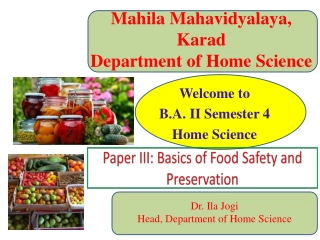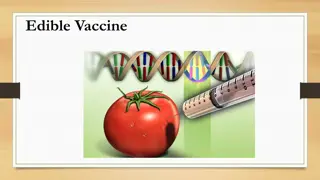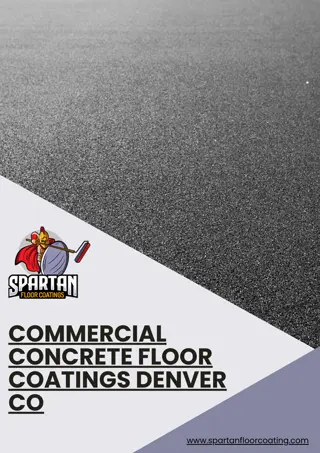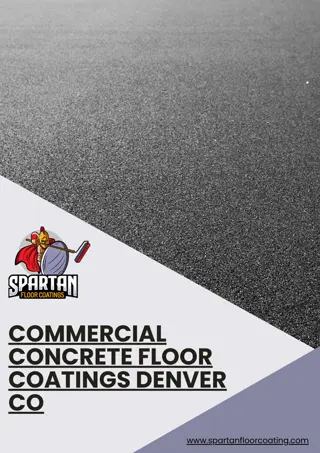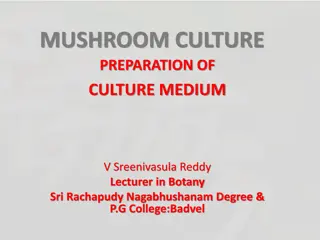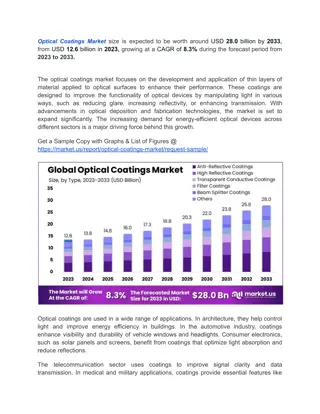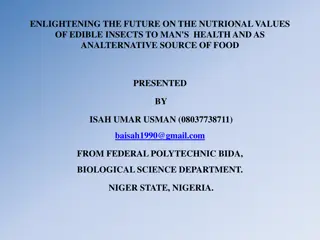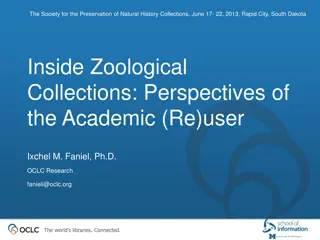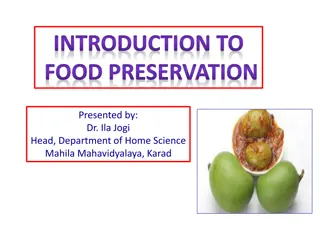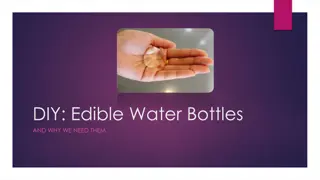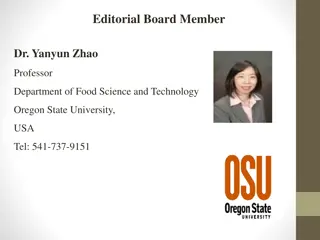Enhancing Food Preservation with Edible Coatings
Edible coatings provide a thin layer of material that acts as a barrier to oxygen, microbes, moisture, and solute movement for fruits and vegetables. They improve the appearance, shelf life, and nutritional composition of produce without compromising quality. Methods of applying edible coatings include dipping, brushing, extrusion, spraying, and solvent casting.
Download Presentation

Please find below an Image/Link to download the presentation.
The content on the website is provided AS IS for your information and personal use only. It may not be sold, licensed, or shared on other websites without obtaining consent from the author.If you encounter any issues during the download, it is possible that the publisher has removed the file from their server.
You are allowed to download the files provided on this website for personal or commercial use, subject to the condition that they are used lawfully. All files are the property of their respective owners.
The content on the website is provided AS IS for your information and personal use only. It may not be sold, licensed, or shared on other websites without obtaining consent from the author.
E N D
Presentation Transcript
Edible coating The thin layer of material which can be consumed and provide a barrier to oxygen, microbes of external source, moisture and solute movement for food Fruits: Edible coated fruits are Orange, Apple, Grapefruit, Cherry, Papaya, Lemon, Strawberry, Mango, Peach etc. and fresh-cut Apple, fresh-cut Peach, fresh-cut Pear etc. Vegetables: Tomato. Cucumber, Capsicum, Cantaloupe and minimally processed Carrot, fresh-cut Potato, fresh-cut Cabbage, fresh-cut Tomato slices, fresh-cut Onion, Lettuce
Properties of edible coatings Edible coatings have good barrier properties to water, moisture, O2, CO2, and ethylene. It improves appearance and mechanical handling to maintain structure and colour of Fruits and Vegetables. Edible coating contains active components such as antioxidants, vitamins etc., they enhance nutritional composition of Fruits and Vegetables without affecting its quality. These coatings provide a protective covering on Fruits and Vegetables and enhance their shelf life
Applying Methods of Edible Coatin Dipping Brushing Extrusion Spraying Solvent casting


